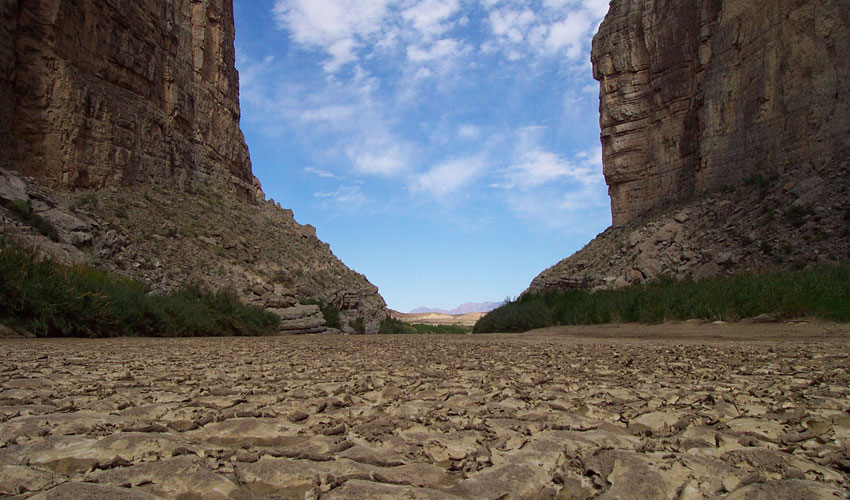This is a repost from the CBS News 60 minutes segment all about the Colorado River. The Colorado River has been hitting record low volume as seven states and 30 Native American tribes lying in the Colorado River Basin prepare to make hard choices as water levels plummet due to a 22-year drought. Bill Whitaker reports. Check out the full video segment below.
This is why it's so important to be involved in Colorado's Water Plan, as the Basin Implementation Plans are being updated and we need YOUR input right now thru Nov. 15. It’s time to make your voice heard: What do you think needs to happen in your local watershed for the health of your local rivers, the environment, and water supply?










